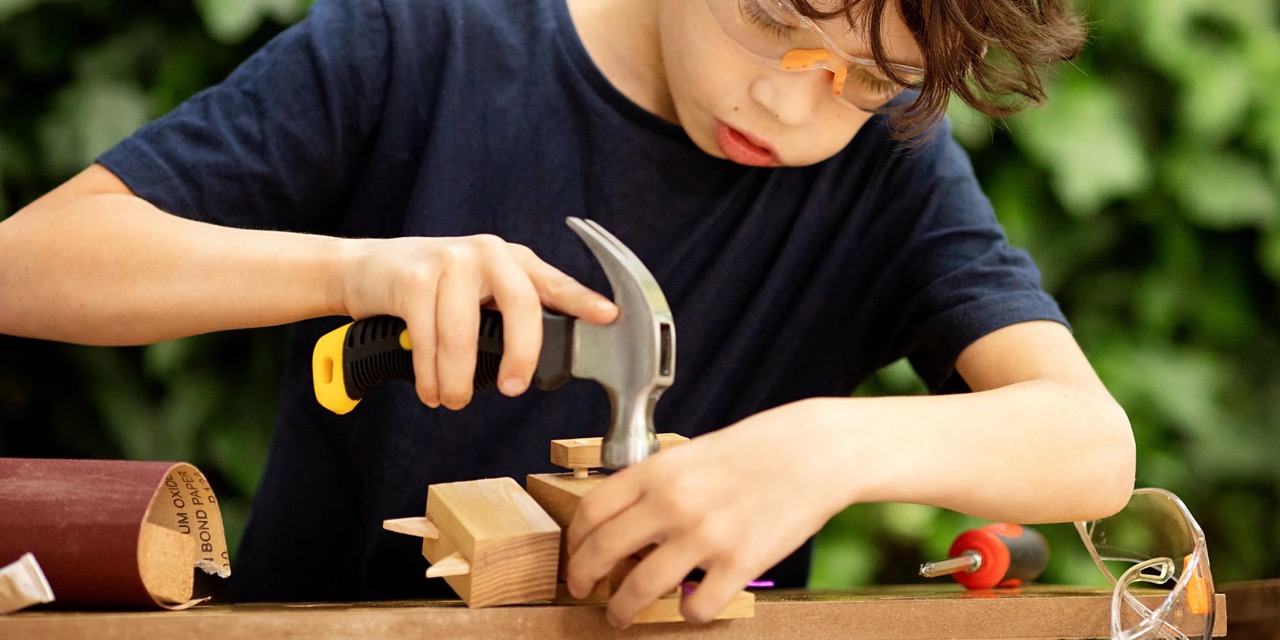

Articles
How Old Should Kids Be To Use Hand Tools
Modified: March 23, 2024
Discover the ideal age for kids to start using hand tools in this informative article. Equip your child with the necessary skills for DIY projects and fostering independence.
(Many of the links in this article redirect to a specific reviewed product. Your purchase of these products through affiliate links helps to generate commission for Storables.com, at no extra cost. Learn more)
Introduction
Introducing children to the world of hand tools can be an exciting and enriching experience. Not only do kids learn useful skills, but they also develop critical thinking, problem-solving abilities, and creativity. However, it’s important to ensure that children are at an appropriate age to use these tools safely and under proper supervision.
In this article, we will explore the benefits of kids using hand tools, the safety considerations that need to be taken into account, and the age recommendations for their use. We will also discuss the types of hand tools that are suitable for kids and provide some guidance on teaching them how to use these tools safely. By following these guidelines, we can help children build confidence, independence, and a love for crafting and building.
Key Takeaways:
- Introducing children to hand tools fosters creativity, problem-solving, and independence, promoting their cognitive and motor skill development while instilling confidence and a love for crafting and building.
- By providing age-appropriate tools, safety education, and proper supervision, children can safely explore the world of hand tools, developing valuable skills and attributes that will benefit them throughout their lives.
Read more: What Should Be Used When Using Hand Tools
Benefits of Kids Using Hand Tools
Engaging children in the use of hand tools offers a wide range of benefits that contribute to their overall development. Here are some of the key advantages:
- Development of fine motor skills: Working with hand tools requires precise hand-eye coordination and control, helping children to strengthen and refine their fine motor skills. Activities such as sawing, drilling, and hammering enable them to improve their dexterity and manipulate objects with greater accuracy.
- Enhancement of problem-solving skills: Using hand tools encourages children to think critically and creatively to solve problems. They need to analyze the task at hand, consider different approaches, and troubleshoot any challenges that arise. This fosters their ability to think outside the box and find innovative solutions.
- Promotion of patience and perseverance: Working with hand tools involves a certain level of patience and perseverance. Children learn that completing a project requires time, effort, and attention to detail. Through this process, they develop the ability to stay focused, be patient, and see a task through to its completion.
- Boost in self-confidence: As children successfully use hand tools to create and build, they experience a sense of accomplishment and pride in their achievements. This, in turn, boosts their self-esteem and confidence in their abilities. They learn to trust in their skills and believe in their capacity to tackle new challenges.
- Encouragement of creativity and imagination: Hand tools provide children with a tangible way to bring their imagination to life. They can craft, build, and construct using their own ideas and designs. This fosters their creativity, allowing them to express themselves through their creations and discover new possibilities.
- Stimulation of cognitive development: Engaging in hands-on activities with tools stimulates children’s cognitive abilities. They learn to plan, measure, and make calculations, enhancing their understanding of basic math and physics principles. This practical application of knowledge fuels their curiosity and helps them develop a deeper understanding of the world around them.
By providing children with opportunities to use hand tools, we empower them to develop a wide range of skills that will serve them well throughout their lives.
Safety Considerations
When it comes to kids using hand tools, safety should always be the top priority. Before allowing children to work with these tools, it’s crucial to educate them about the potential hazards and implement safety measures. Here are some important safety considerations to keep in mind:
- Appropriate tools for the child’s age: Ensure that the tools used are suitable for the child’s age and physical capabilities. Avoid tools that are too heavy or complicated for them to handle.
- Protective gear: Provide children with the necessary protective gear, such as safety goggles, gloves, and closed-toe shoes. This will help prevent injuries and ensure their safety while using the tools.
- Proper tool handling: Teach kids how to handle tools properly, emphasizing the correct grip, posture, and technique. Show them how to hold the tools securely and guide them in using the tools safely to avoid accidents.
- Supervision and guidance: Children should always be supervised by a responsible adult or a knowledgeable instructor when using hand tools. This ensures that they are using the tools correctly and safely and can receive immediate assistance if needed.
- Work area setup: Set up a designated work area that is clean, organized, and free from clutter. Clear any potential hazards and ensure there is enough space for comfortable and safe movement during the tool handling process.
- Teach hazard awareness: Educate children about potential hazards associated with specific tools and materials. Teach them to identify and avoid risks, such as sharp edges, moving parts, or materials that may splinter or break.
- Proper tool maintenance: Teach children how to care for their tools, including cleaning, sharpening, and storing them correctly. Instruct them on the importance of keeping their tools in good condition to ensure safe and effective use.
- Emergency preparedness: Have a first aid kit readily available in case of minor injuries. Teach children basic first aid procedures, such as cleaning and dressing wounds, so they are prepared to handle minor accidents.
By implementing these safety considerations and providing proper guidance, we can create a safe environment for children to learn and enjoy using hand tools.
Age Recommendations for Hand Tool Use
Determining the appropriate age for children to start using hand tools depends on their individual capabilities and maturity level. While some children may be ready at an earlier age, it’s important to consider the following age recommendations as general guidelines:
- Preschool (3-5 years old): At this age, children can start getting familiar with basic hand tools under close supervision. Plastic tools designed for young children, such as plastic hammers, screwdrivers, or safety scissors, can be introduced to promote hand-eye coordination and motor skills development.
- Early Elementary (6-8 years old): As children enter early elementary school, they can begin using real hand tools under closer adult supervision. Simple hand tools like small screwdrivers, hand saws, and wood sanding blocks can be introduced to allow them to engage in beginner-level woodworking projects.
- Later Elementary (9-11 years old): By this age, children have developed a stronger sense of responsibility and better hand-eye coordination. They can start using a wider range of hand tools, such as hand drills, coping saws, and clamps, under less direct supervision. However, it’s still important to provide guidance and monitor their progress.
- Early Teens (12-14 years old): As children enter their early teen years, they can handle more complex hand tools and engage in more intricate woodworking projects. Tools like power drills, chisels, and hand planes can be introduced, but adult supervision and proper training should be maintained to ensure safety.
- Teenagers (15+ years old): By the time children reach their teenage years, they can generally handle a wide range of hand tools and are ready for more advanced woodworking projects. At this stage, they can explore techniques like joinery, carving, and more complex construction projects, with less direct supervision but still under adult guidance.
It’s essential to remember that these age recommendations are general guidelines, and every child is unique. Some children may be more mature or skilled at an earlier age, while others may need more time and practice before being ready to handle certain tools. Always assess a child’s readiness, monitor their progress, and adjust the level of supervision accordingly.
By introducing hand tools gradually and according to age appropriateness, we can help children develop their skills and confidence in a safe and controlled manner.
Supervision and Guidance
When children are using hand tools, it’s vital to provide adequate supervision and guidance to ensure their safety and help them develop proper skills. Here are some key points to consider:
- Always supervise: Children should never use hand tools without adult supervision. An adult should be present, closely monitoring their activities, providing guidance, and ensuring they are following safety protocols.
- Teach safe practices: Take the time to instruct children on the proper use of each tool, including how to hold it, where to apply pressure, and how to move it. Reinforce safety guidelines, such as keeping fingers away from the cutting edge and not wearing loose clothing or jewelry while operating tools.
- Start with simple projects: Begin with basic projects that match the child’s skill level. This allows them to gain confidence and experience working with tools before moving on to more complex tasks. As they progress, gradually introduce new tools and techniques.
- Provide clear instructions: Clearly communicate the steps involved in the project and provide demonstrations if necessary. Explain any potential risks or hazards associated with the tools they will be using and how to mitigate them.
- Show proper technique: Guide children in using tools with the correct technique, emphasizing stability, control, and accuracy. Demonstrate how to maintain a secure grip, utilize the appropriate angle, and perform the task safely.
- Encourage questions and communication: Create an open and supportive environment for children to ask questions and seek clarification. Encourage them to communicate any concerns or difficulties they may encounter while using the tools. Address their queries and provide additional guidance as needed.
- Monitor progress and provide feedback: Continuously assess the child’s progress and provide constructive feedback. Praise their efforts and achievements while also offering suggestions for improvement. This helps them develop their skills and motivates them to continue learning.
- Gradually increase independence: As children become more proficient with hand tools, gradually give them more independence and responsibility. This helps foster their confidence and independence while ensuring that they still have appropriate supervision and support when needed.
By providing proper supervision and guidance, we can help children develop safe and effective tool skills, instilling in them a lifelong appreciation for craftsmanship and the joy of creating with their own hands.
Children can start using hand tools around the age of 6 with close adult supervision. Start with simple tools and teach proper safety measures.
Read more: How To Display Old Hand Tools
Types of Hand Tools for Kids
Introducing children to a variety of hand tools can spark their interest and creativity. Here are some types of hand tools that are suitable and safe for kids:
- Junior-sized hand tools: These are specially designed smaller versions of adult hand tools. They are lightweight, have shorter handles, and are easier for kids to hold and control. Examples include junior hammers, screwdrivers, pliers, and wrenches. These tools allow children to mimic what adults do and learn basic tool usage and handling.
- Hand saws: Hand saws with smaller blades and rounded teeth are safe for kids to use under supervision. These saws can be used for cutting soft wood, cardboard, or foam. They provide children with the opportunity to develop their cutting skills and feel the satisfaction of creating something with their own hands.
- Hand drills: Hand drills designed for kids are a great introduction to woodworking. They have smaller handles and shorter bits, making them easier for children to grip and control. Kids can use them to drill holes in wood, creating opportunities for assembly and carpentry projects.
- Sandpaper and sanding blocks: Sanding is an essential part of woodworking, and children can learn this skill using sandpaper and small sanding blocks. They can smooth the edges and surfaces of their projects, enhancing both the appearance and the safety of their creations.
- Clamps and vices: Clamps and vices can be used to secure workpieces, ensuring stability and safety during the woodworking process. Children can learn how to properly position and tighten these tools, allowing them to work on their projects more effectively without worrying about slippage or movement.
- Tape measures and rulers: Measuring tools like tape measures and rulers are essential for accurate cutting and layout. Kids can learn how to measure and mark dimensions on their workpieces, enhancing their understanding of measurement concepts and precision in their woodworking projects.
- Screwdrivers: Small-sized screwdrivers with different types of heads (flathead and Phillips) can be used by kids to learn the basics of assembling and disassembling objects. This helps them develop their hand-eye coordination and familiarize themselves with different types of fasteners.
- Chisels: Chisels with rounded or blunt-tipped blades can be introduced to older, more experienced children. Under careful supervision, they can learn how to carve and shape wood, developing their artistic and creative abilities.
Always choose tools that are age-appropriate, designed for children, and of good quality. Ensure that the tools are properly maintained and that children understand how to handle them safely. By providing access to a range of suitable hand tools, children can explore their interests, develop their skills, and unleash their creativity.
Teaching Kids How to Use Hand Tools Safely
When teaching kids how to use hand tools, it’s important to prioritize safety and instill good habits from the beginning. Here are some essential tips for teaching kids how to use hand tools safely:
- Start with the basics: Begin by teaching children the fundamental rules of tool safety. Emphasize the importance of wearing protective gear, keeping a clean work area, and handling tools with care and respect.
- Explain tool functions: Introduce each tool and explain its purpose and function. Teach children how to identify different tools and explain when and how to use them properly.
- Demonstrate proper technique: Show kids how to hold and operate tools correctly. Demonstrate the correct posture, grip, and motion for using each tool. Emphasize the importance of using tools with precision and control.
- Guide gradual progression: Begin with simple tasks and gradually introduce more complex projects as children gain confidence and skill. This allows them to build their abilities progressively and develop a solid foundation in tool handling.
- Practice tool-specific safety measures: Teach kids the specific safety measures for each tool. For example, when using a hand saw, show them how to keep their fingers away from the blade and the correct hand positioning for safe cutting.
- Encourage situational awareness: Teach children to be aware of their surroundings and others when using tools. Emphasize the importance of maintaining a clear workspace and being mindful of potential hazards or distractions.
- Teach proper tool maintenance: Instruct children on how to clean, maintain, and store their tools. Teach them how to sharpen blades, oil moving parts, and inspect tools for any signs of damage or wear. This promotes both safety and longevity of the tools.
- Reinforce safety rules: Continuously remind children about the importance of safety rules. Encourage them to ask questions if they are unsure about anything and reinforce safety guidelines such as wearing protective gear, using tools only as intended, and reporting any accidents or close calls.
- Supervise consistently: Always provide close supervision while children are using hand tools, especially at the beginning. Observe their technique, provide guidance, and ensure they are following safety protocols. Gradually increase their independence as they develop their skills and demonstrate responsible behavior.
- Lead by example: Demonstrate safe tool usage yourself and model responsible behavior. Children are more likely to adopt safe practices when they see them consistently demonstrated by adults.
By following these guidelines and teaching children how to use hand tools safely, we empower them to explore their creativity and develop valuable skills in a secure and controlled environment.
Building Confidence and Independence
Engaging children in the use of hand tools not only teaches them valuable skills but also helps build their confidence and independence. Here are some ways in which working with hand tools can foster these attributes:
- Accomplishment through creation: When children use hand tools to create something tangible, such as a wooden project or a repaired item, they experience a sense of achievement. This boosts their self-confidence and encourages them to take on more challenging tasks.
- Learning from mistakes: Hand tool projects provide children with opportunities to learn from their mistakes. When they encounter setbacks or make errors, they can troubleshoot and problem-solve, enhancing their resilience and problem-solving skills.
- Developing problem-solving abilities: Working with hand tools requires critical thinking and problem-solving skills. Children must figure out the best approach to solve a particular task or overcome an obstacle. This develops their ability to analyze problems, think creatively, and find effective solutions.
- Encouraging independent thinking: Using hand tools allows children to explore their own ideas and express their creativity. They can plan and execute projects independently, enabling them to think outside the box and develop their unique problem-solving abilities.
- Fostering self-reliance: As children become more proficient with hand tools, they gain independence in completing projects. They learn to rely on their own skills and abilities, which nurtures a sense of self-reliance and autonomy.
- Promoting responsibility: Working with hand tools requires responsibility and attention to safety. By learning to use tools responsibly, children develop a sense of responsibility for their actions and the well-being of themselves and others around them.
- Enhancing patience and perseverance: Hand tool projects often require time, patience, and perseverance to complete. Children learn to stay focused, work through challenges, and see a task through to the end. This resilience and determination translate into other areas of their lives.
- Embracing trial and error: Hand tool projects provide children opportunities to experiment and learn from trial and error. They can explore different techniques, try out new ideas, and learn what works and what doesn’t. This fosters a growth mindset and an embracing of the learning process.
- Promoting pride and self-esteem: Successfully completing a project using hand tools instills a sense of pride and boosts self-esteem in children. They develop confidence in their abilities and feel a sense of accomplishment, which translates into other endeavors and challenges they face.
By engaging children with hand tools and supporting their efforts, we empower them to become confident, independent thinkers who are willing to take on new challenges and explore their creativity. These skills and attributes will serve them well in their future endeavors.
Conclusion
Introducing children to the world of hand tools offers a multitude of benefits. From developing fine motor skills and problem-solving abilities to fostering creativity and independence, working with hand tools provides a pathway for children to explore their capabilities and unleash their potential.
While safety considerations and age recommendations are crucial, it is equally important to provide proper supervision and guidance as children use hand tools. Teaching them how to handle tools safely, demonstrating proper technique, and gradually increasing their independence nurtures their confidence and skillset.
By offering a variety of hand tools that are age-appropriate and suitable for kids, children can engage in projects that captivate their interest and allow them to express their creativity. From junior-sized hand tools to hand saws, drills, and sandpaper, there is a range of tools available to cater to their abilities and interests.
Through patient instruction, emphasizing safety measures, and instilling a sense of responsibility, we can teach children how to use hand tools safely. This not only helps them build their skills but also cultivates valuable traits such as problem-solving, patience, perseverance, and self-reliance. From learning from mistakes to embracing trial and error, the process of working with hand tools teaches children the importance of resilience, adaptability, and continuous learning.
As children successfully complete projects and witness the fruit of their efforts, their confidence and self-esteem grow. They become more independent thinkers, willing to take on new challenges and explore their creative ideas. These skills and attributes will continue to benefit them throughout their lives, as they apply their problem-solving abilities and cope with various challenges that come their way.
In conclusion, introducing children to hand tools provides them with a platform for exploration, growth, and self-discovery. By fostering their skills, confidence, and independence, we equip them with valuable tools for success in both their personal and professional lives. So, let’s empower our children to embark on their journey of hand tool exploration and watch them flourish as they develop into confident and skilled individuals.
Frequently Asked Questions about How Old Should Kids Be To Use Hand Tools
Was this page helpful?
At Storables.com, we guarantee accurate and reliable information. Our content, validated by Expert Board Contributors, is crafted following stringent Editorial Policies. We're committed to providing you with well-researched, expert-backed insights for all your informational needs.
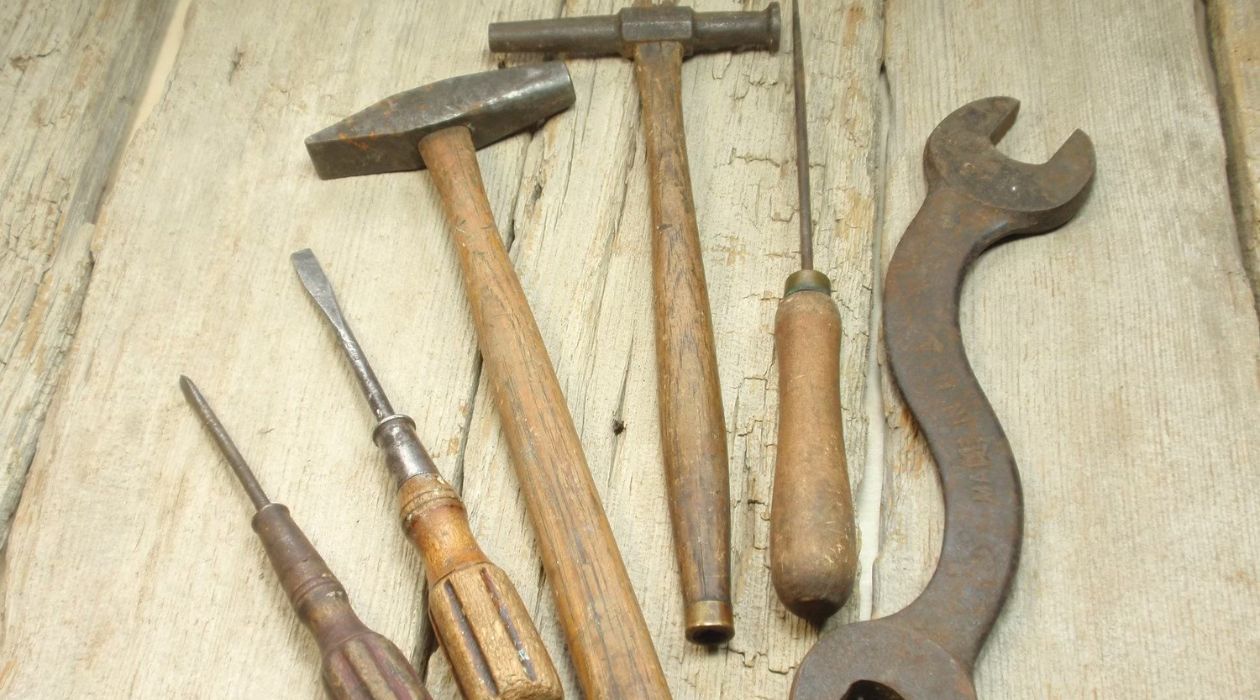
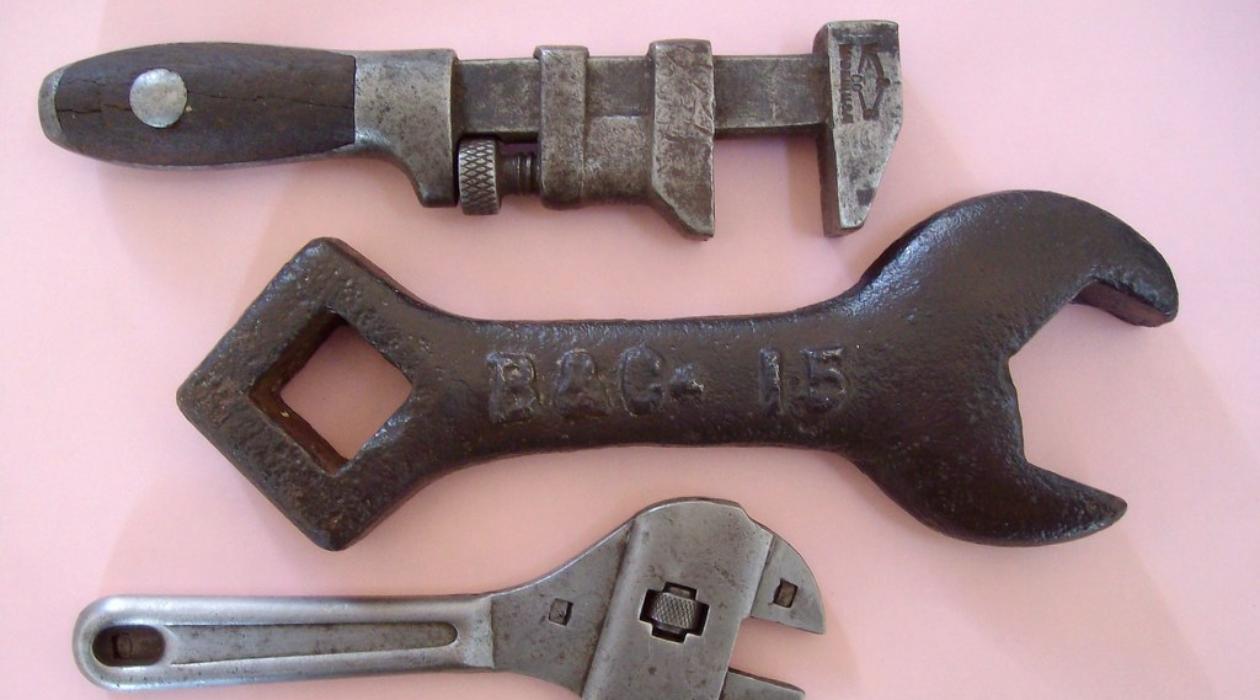

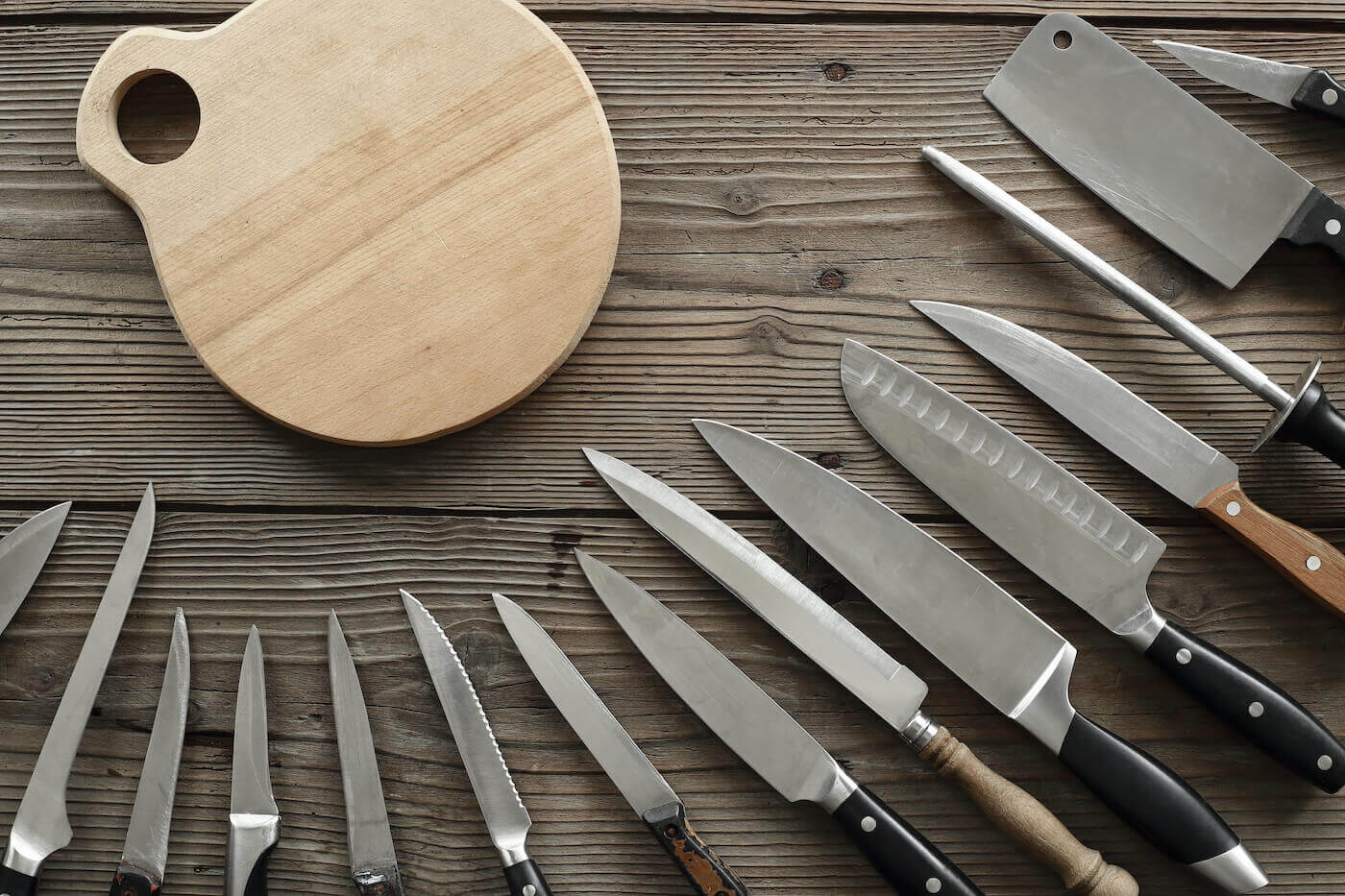
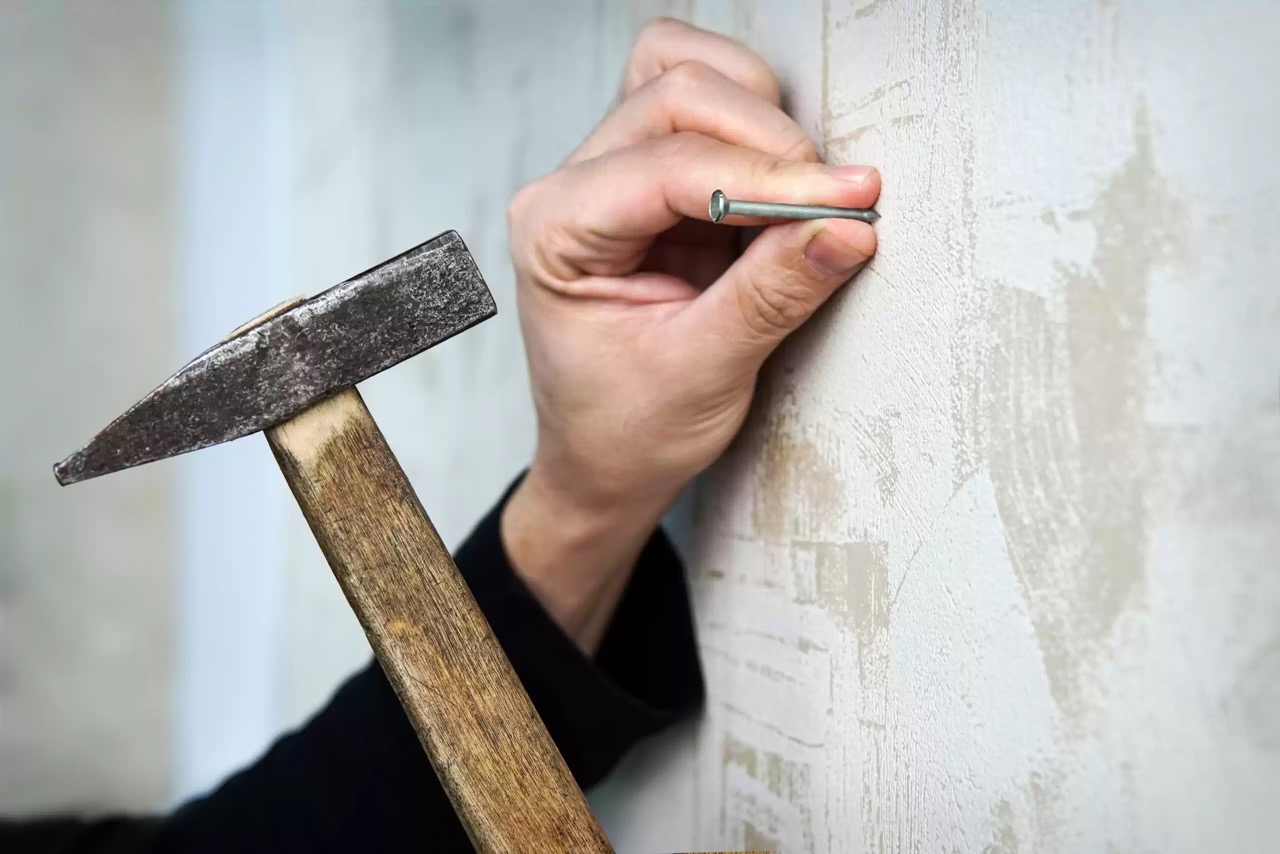
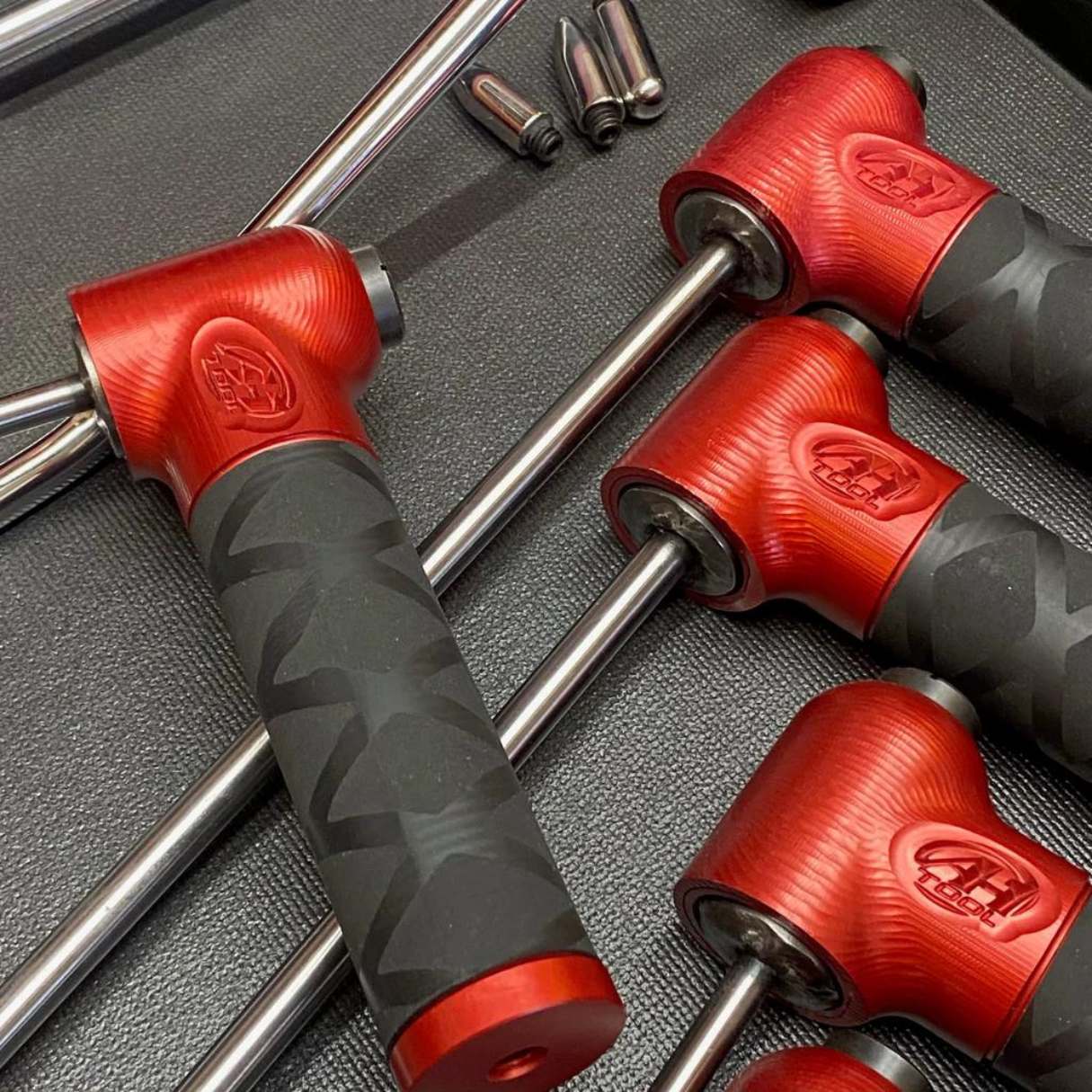
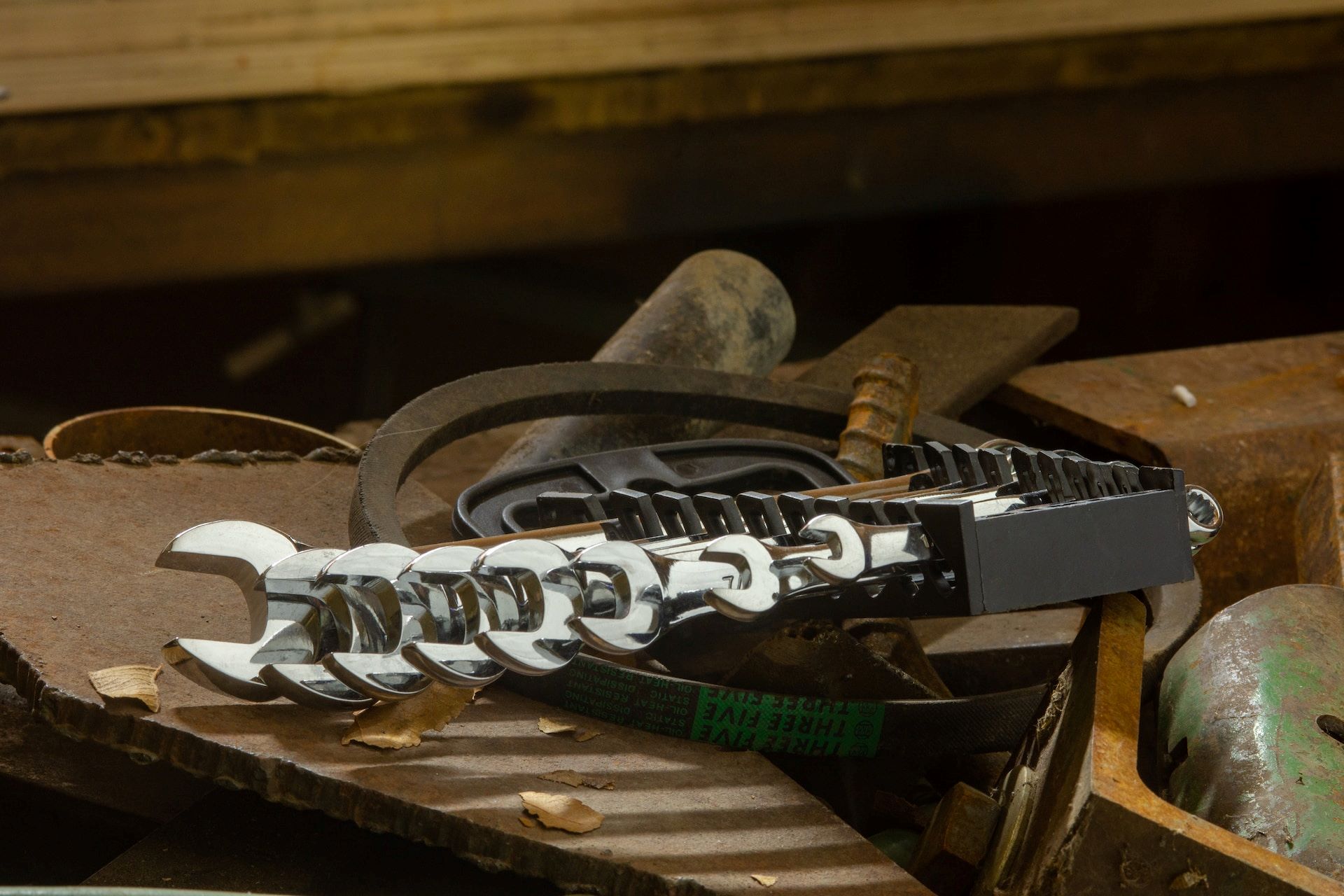

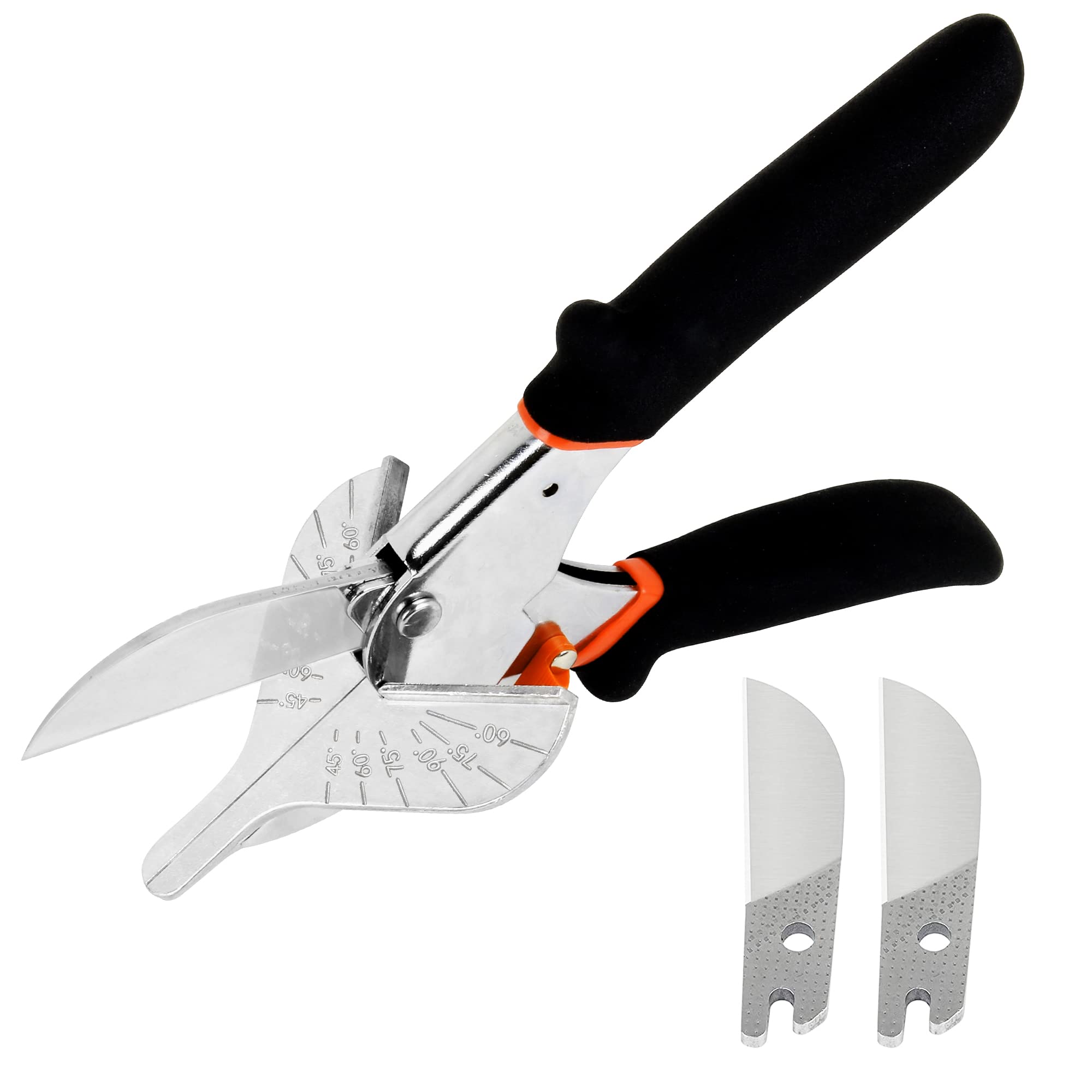
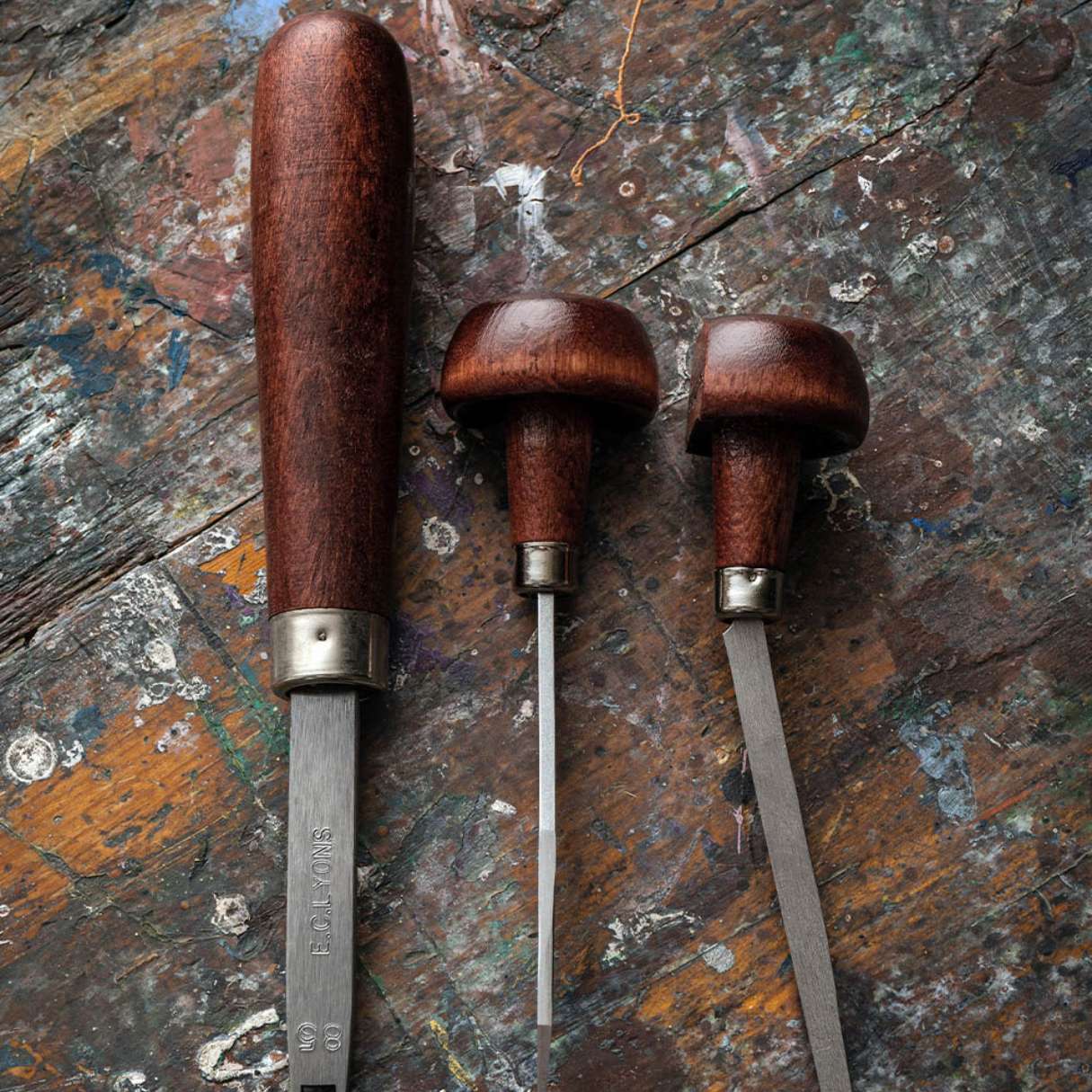
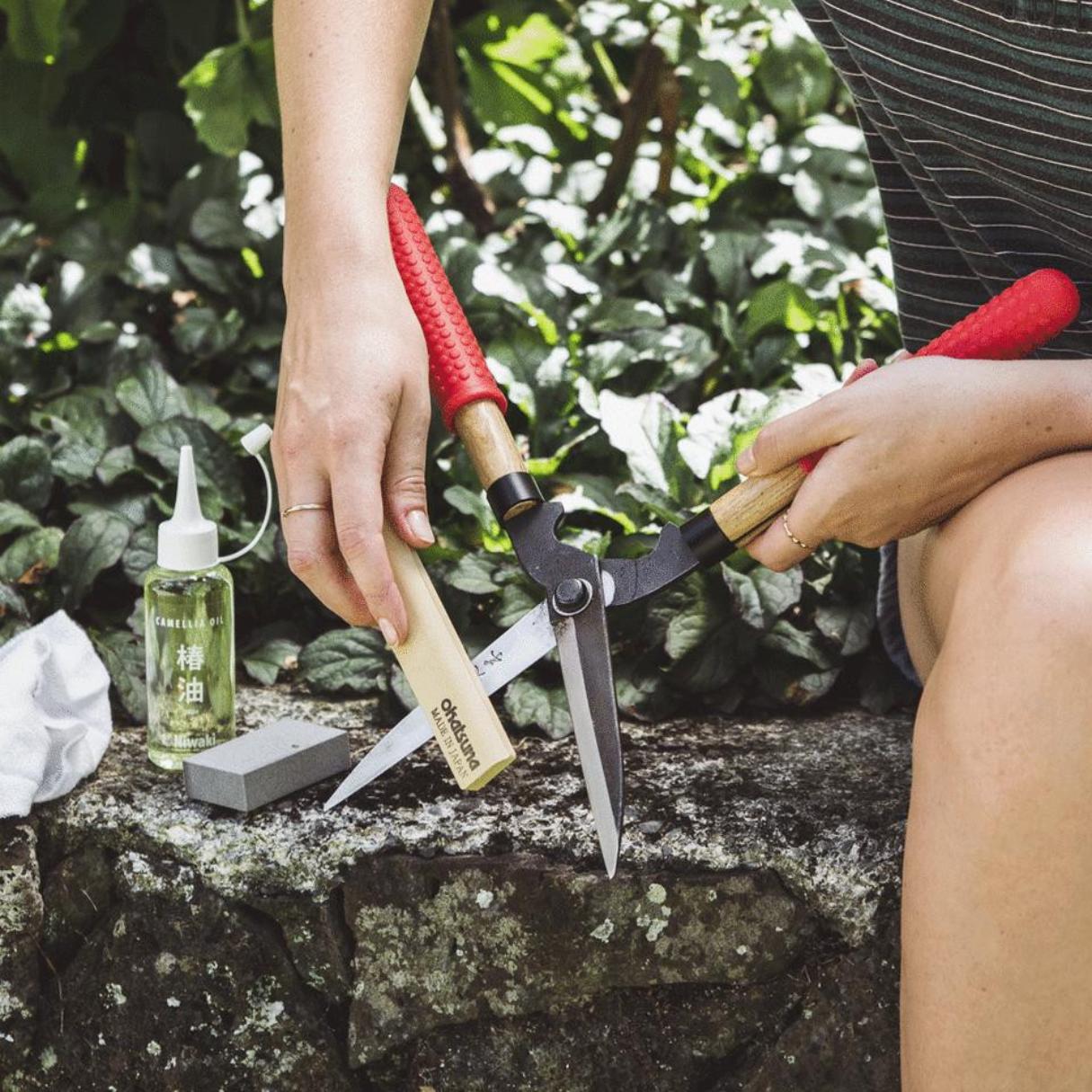
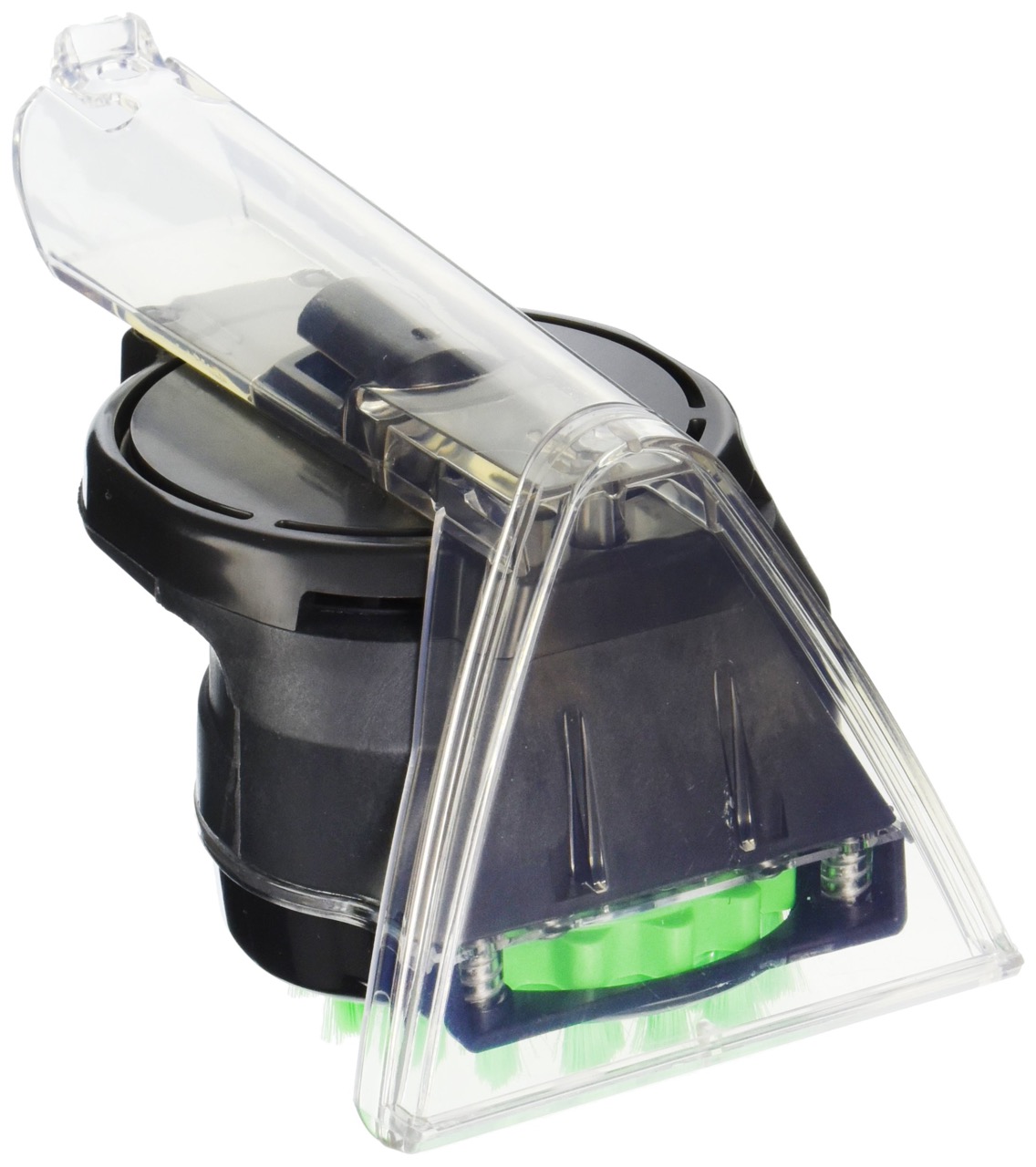
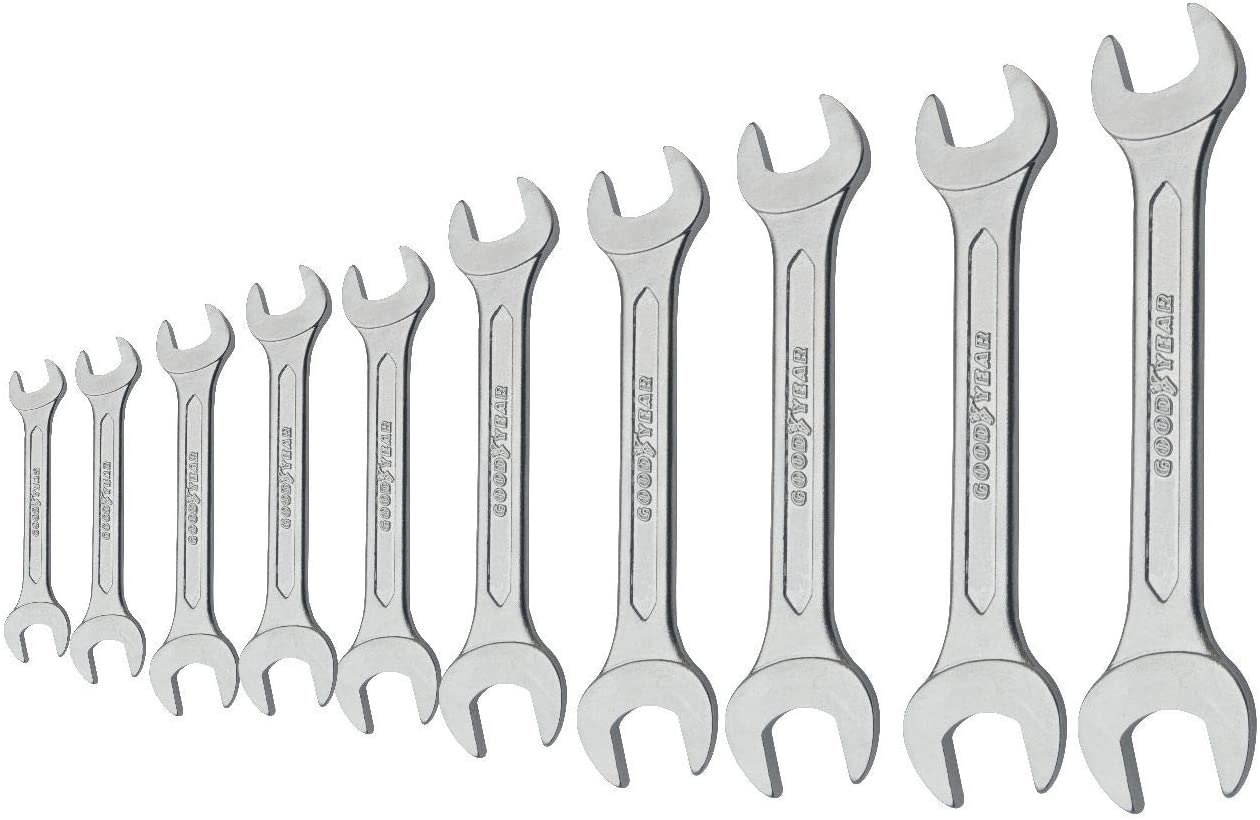
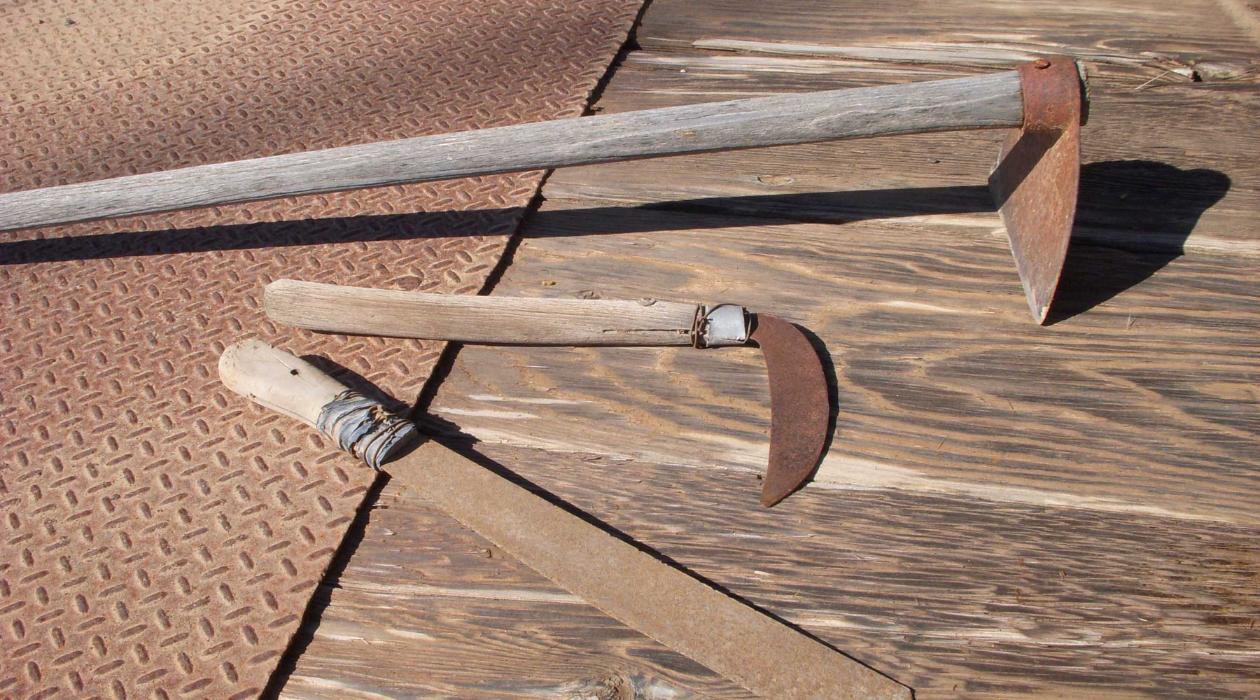

0 thoughts on “How Old Should Kids Be To Use Hand Tools”